In recent days, as temperatures rise and humidity increases with the arrival of the rainy season, many friends have complained to me about their increasingly oily faces. After just two hours of makeup, they step outside and sweat profusely, causing their makeup to run. Not only that, but they also develop many pimples and feel sluggish and sticky all over. When they turn on the air conditioning, they can’t help but shiver. This intertwining of dampness, cold, and heat requires caution against the invasion of damp heat and damp cold.

Understanding Damp Heat and Damp Cold at a Glance
Our bodies are composed of 70% water, and Traditional Chinese Medicine (TCM) often states that dampness is the source of many diseases. Therefore, when we visit a TCM practitioner, they may tell us that we have excessive dampness in our bodies, which can be further classified as damp heat or damp cold. While we often hear about dampness, what do damp heat and damp cold actually mean? How can we distinguish between these two concepts? Please refer to the diagram below for clarification.
Dampness is divided into two types.

After viewing the above diagram, do you have a better understanding of damp heat and damp cold? If you still have questions, let me explain further:
1. **Observing the Tongue to Differentiate Damp Heat and Damp Cold**
First, learn to observe your own tongue. The tongues of those with damp heat and damp cold constitutions look quite different.
① The tongue of a damp heat constitution is red, with a thin body and a thick yellow coating.
② The tongue of a damp cold constitution is white, with a thick white coating, and a relatively swollen body with tooth marks, resembling the edge of a skirt.
2. **Observing Urine to Differentiate Damp Heat and Damp Cold**
① Individuals with a damp heat constitution have yellow urine with a strong odor.
② Individuals with a damp cold constitution have clear, odorless urine, similar to water.
3. **Observing Stool to Differentiate Damp Heat and Damp Cold**
Both damp heat and damp cold can lead to diarrhea, but the severity and symptoms differ.
① Diarrhea caused by damp heat is urgent and severe, often accompanied by a burning sensation in the anus after using the toilet.
② Diarrhea caused by damp cold is slower in onset, with a constant feeling of discomfort in the abdomen. Individuals may feel the urge to use the toilet when anxious or after eating greasy foods, especially in summer, leading to multiple trips to the toilet with small, unformed, watery stools, referred to as ‘pian tang’ in TCM.
4. **Observing Body Odor to Differentiate Damp Heat and Damp Cold**
① Individuals with a damp heat constitution have strong body odor, including conditions like axillary odor and foot odor. Women can also observe their vaginal discharge; if it is abundant, yellow, and has a strong odor, it indicates damp heat.
② Individuals with a damp cold constitution do not sweat much and generally have little body odor. Women can observe their vaginal discharge; if it is scant and clear like water, it indicates damp cold.
5. **Self-Perception to Differentiate Damp Heat and Damp Cold**
The distinction between damp cold and damp heat can be summarized in one word: cold versus heat. In simple terms, damp cold emphasizes cold, so individuals with damp cold tend to be more sensitive to cold, dislike wind, and avoid cold foods. Damp cold can obstruct the flow of Qi and blood, leading to blockages in the meridians, resulting in pain throughout the body.
Damp heat emphasizes heat; thus, our bodies may struggle to transform energy due to dampness, and with the presence of heat, consuming rich, nourishing foods can lead to excessive internal heat, resulting in bad breath, mouth sores, and acne.
How to Regulate Damp Heat?
For individuals with a damp heat constitution, in addition to drinking plenty of water, they can also consume a specially adjusted version of the traditional ‘Gui Ling Gao’ (Tortoise Shell Jelly), which has the effects of clearing heat, eliminating dampness, tonifying the spleen, benefiting Qi, nourishing Yin, and consolidating the kidneys.
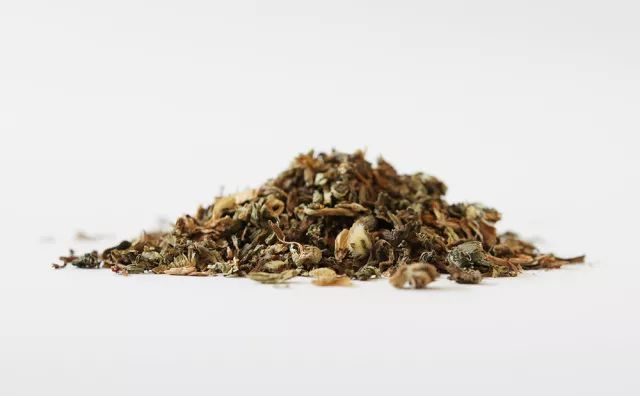
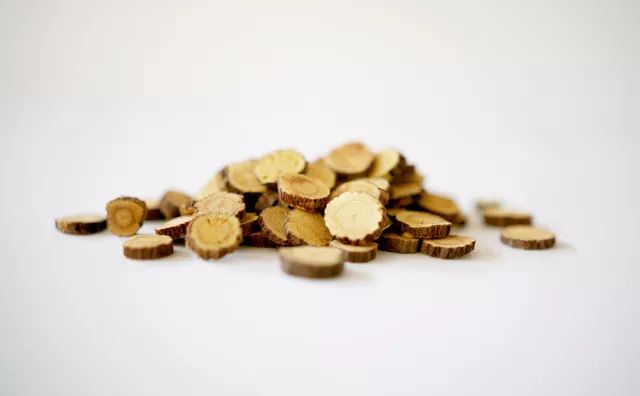
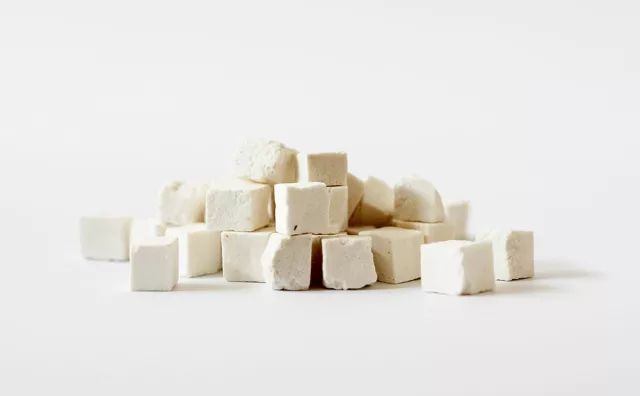
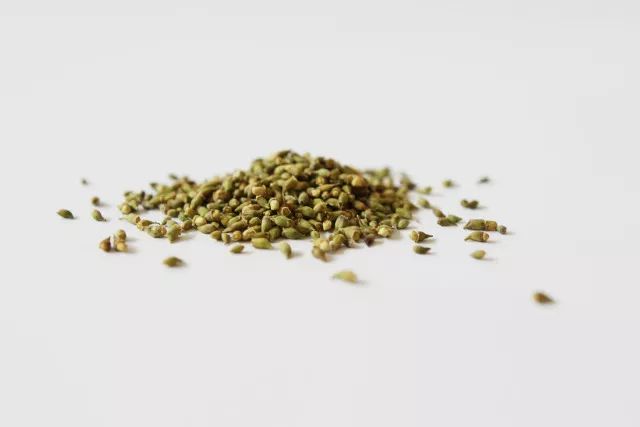
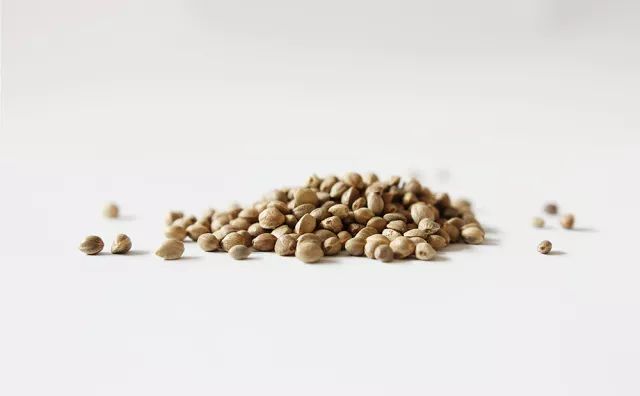
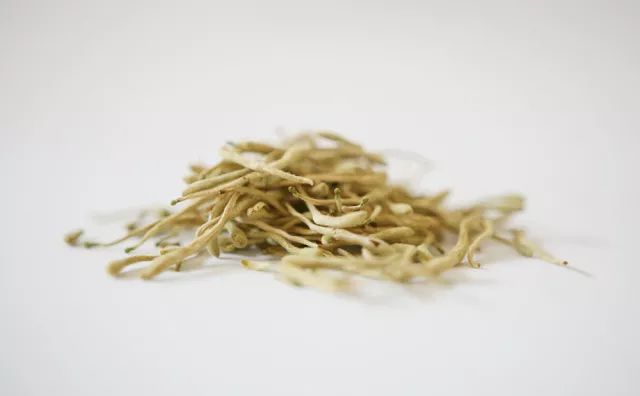
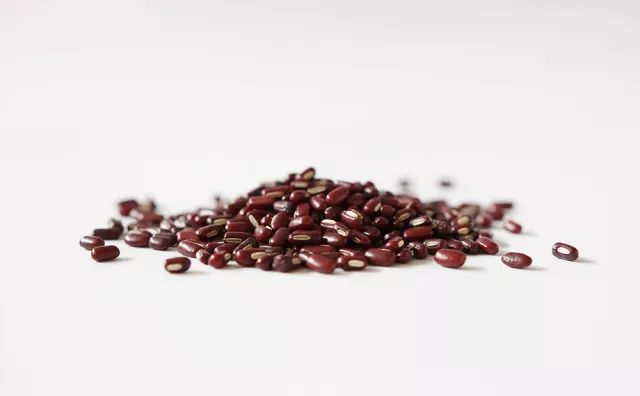
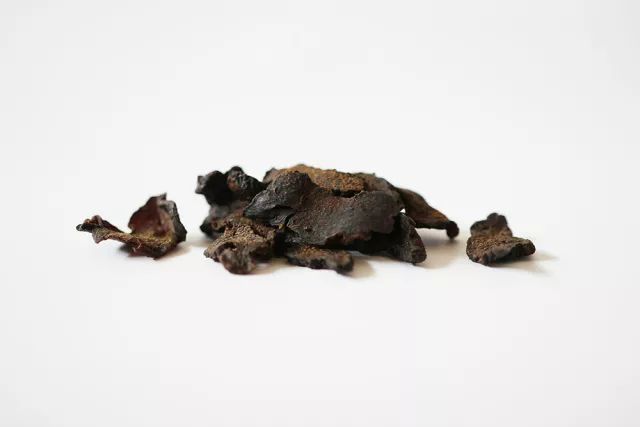
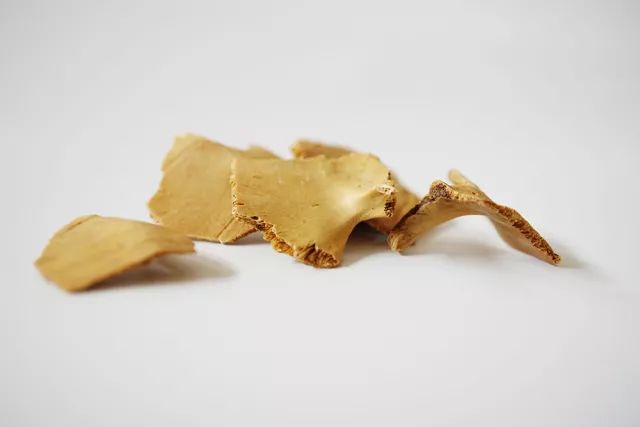
This ‘Gui Ling Gao’ is formulated with the nourishing properties of Huang Jing (Polygonatum), and Gui Ban (Tortoise Shell) to nourish the five internal organs, thereby enhancing skin elasticity. It also includes Jin Yin Hua (Honeysuckle) and Pu Gong Ying (Dandelion) to clear heat and detoxify, and uses honey and Huo Ma Ren (Hemp Seed) to lubricate the intestines, helping to expel toxins and waste from the body, achieving the effects of acne removal and skin beautification.
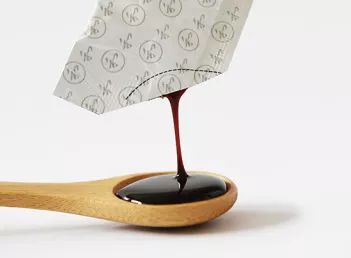
Click here to purchase immediately.
How to Regulate Damp Cold?
For individuals with a damp cold constitution, they can eliminate internal dampness by drinking a tea made from herbs that awaken the spleen and stomach and transform dampness. This tea is formulated from medicinal and edible herbs, including Bai Bian Dou (White Hyacinth Bean), Shan Yao (Chinese Yam), Fu Ling (Poria), Yi Yi Ren (Job’s Tears), Wu Zhi Mu (Five-Fingered Peach), Chi Xiao Dou (Adzuki Bean), Qian Shi (Euryale Seed), and Da Zao (Jujube), which can strengthen the stomach, awaken the spleen, and eliminate dampness and promote urination, providing excellent regulatory effects.
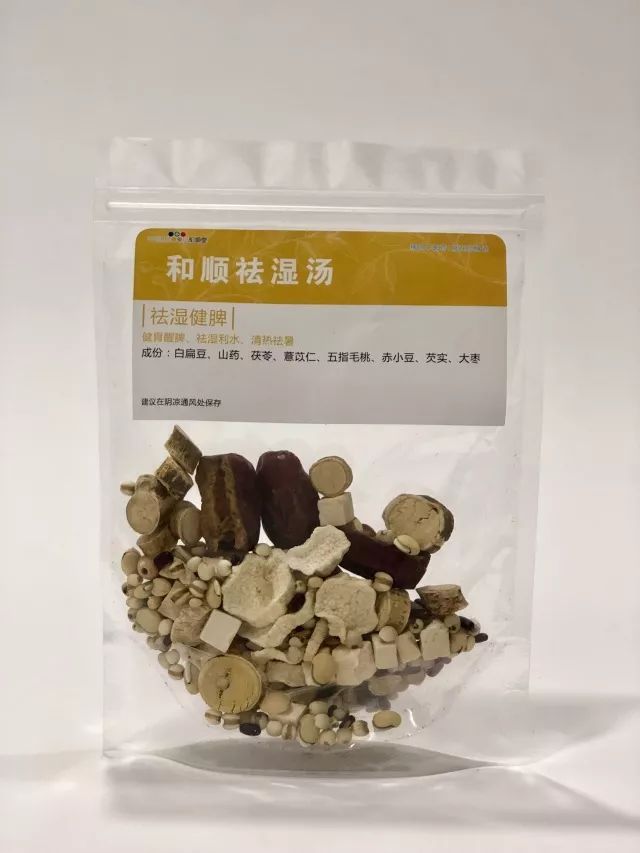
Click here to purchase immediately.

Warm Reminder:
The cleanliness of He Shun Tang’s medicinal materials has reached food-grade standards, so there is no need to rinse them before boiling soup or brewing tea.
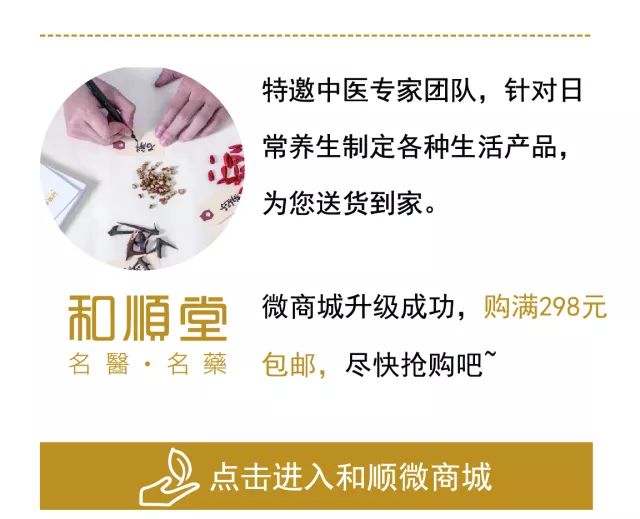
No sulfur preservatives are used, and the premium medicinal materials are stored using cold chain technology.




Long press to identify the QR code to follow us.


